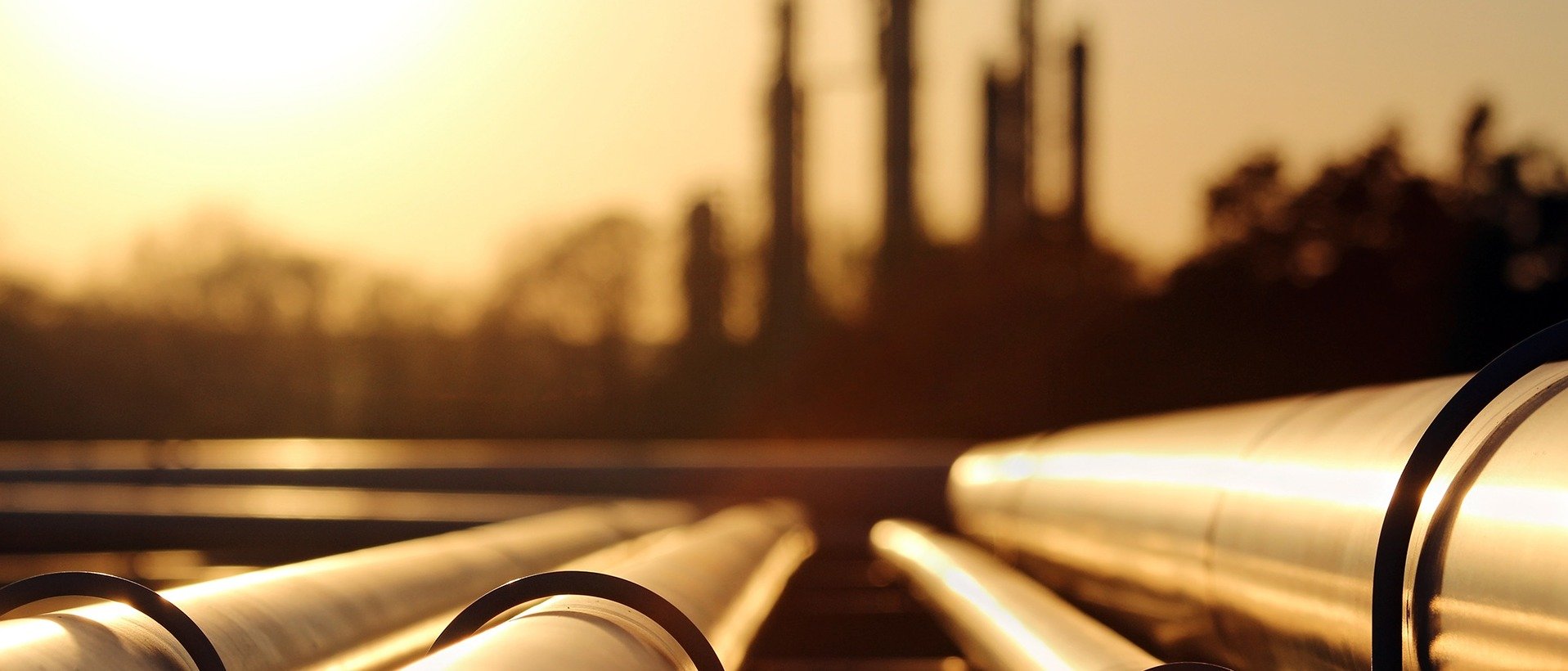Best Practices | Design & Engineering | Custom Buildings | Blast Resistant Buildings | Hazard Protection
What You Need to Know about Multi-Hazard Protection in Blast-Resistant Buildings


If you've talked to a blast resistant building supplier, or had a facility siting study performed lately, you may have heard the term “multi-hazard protection." But what does that mean? This blog post will shed light on what “multi-hazard” is, what hazards you can protect from, and how to know what level of protection your facility requires. We’ll also dive into how RedGuard takes multi-hazard protection one step further with what we call “Precision Safety.”
What is Multi-Hazard Protection?
Multi-hazard protection in the oil and gas industry is a blanket term for buildings that are designed to withstand various hazards including blasts, thermal loads, and toxic releases. A common misconception is that your blast resistant building needs to “have it all.” Depending on various factors such as the type of facility, size, requirements, materials used, etc, your building may need any combination of protection. That’s where precision safety comes in.
What is Precision Safety?
Precision safety is RedGuard’s tailored approach to safety, considering the specific risks and challenges of each location. It is emphasized over a generic "multi-hazard" approach, to ensure effectiveness and efficiency in protecting lives and assets. Think of it as going one step further than a basic multi-hazard protection approach, customizing solutions for each facility’s specific needs.
What Hazards Can Multi-Hazard Blast Resistant Buildings Protect From?
Multi-hazard buildings can protect from any or all of these hazards, depending on the needs of the facility.
- Blast Resistance: Blast-resistant buildings are specially engineered to withstand the powerful forces generated by explosions. They provide many benefits, including protection for staff, equipment, and assets during catastrophic events, reducing liability, and increasing peace of mind.
- Fire Resistance: Thermal considerations include protection against fire, extreme heat, flash fires, and jet fires. Resistance methods like fireproof materials, insulation, intumescent coatings, a combination of these things would be utilized.
- Fragment Protection: Fragmentation protection is the strategy used to minimize the risk posed by flying debris or fragments generated during an explosion.
- Toxic Gas Protection: Protection from toxic gas involves containment systems, emergency response plans, personnel training, shelter-in-place and safe haven strategies, HVAC systems with purge and pressurization capabilities, gas detection systems, and fortifying buildings against toxic releases.
Does My Facility Need Multi-Hazard Protection? How Do I Know?
In short, you’re going to know because your facility siting study will alert you. Facility siting studies (FSS) should be conducted every five years. FSS and quantitative risk assessments (QRAs) assess potential hazards and guide the development of mitigation strategies. Solutions to mitigate hazards may involve relocating personnel, adding permanent blast-resistant or other protective structures, retrofitting existing structures, or deploying temporary blast-resistant buildings, tailored to specific threats. Designing for the identified threat level involves structural considerations such as the Single Degree of Freedom (SDOF) method, Finite Element Analysis (FEA), and independent field testing, as well as non-structural design considerations such as interior components and thermal protections.
Get a Second Opinion
At RedGuard, recognizing the critical importance of informed safety decisions for your team, we're offering a complimentary 30-minute consultation with Dr. Ali Sari, a distinguished expert in blast resistance engineering.
With more than 20 years of experience, Dr. Sari brings unparalleled expertise to the table, specializing in innovative blast and fire engineering consultancy services. During this consultation, Dr. Sari will thoroughly examine your facility siting study, assess recommended mitigation options, and offer insights into safety measures you may not have considered. This initiative ensures a fresh perspective and empowers you with a comprehensive understanding of your safety options, ultimately safeguarding the integrity of your facility and the well-being of your employees.

Multi-Hazard Blast Resistant Building FAQs
Does RedGuard Offer Multi-Hazard Resistant Buildings?
Yes, we do. But we take a precision safety approach, which means we customize the building to exactly what you need, rather than using a one-size-fits-none approach.
Can I Lease a Multi-Hazard Resistant Building?
Yes, you can. LeaseFleet is RedGuard’s line of successfully tested blast-resistant buildings offered in 8' and 12' widths and a variety of lengths. We can place blast resistant buildings that have the protections you need in your hazardous areas, depending on the risks identified.
Does My Multi-Hazard Resistant Building Need to Cover Every Hazard?
The hazard protection you need depends on the risks identified in your facility's hazardous areas. Your protective building needs to cover every risk in the area it is placed, so, it will depend on the results of your facility siting study or quantitative risk assessment.
How Long Does It Take to Implement Multi-Hazard Resistant Buildings?
Implementation timelines vary greatly depending on factors such as project size and complexity. Learn more here.
Protecting Your People
For those in hazardous industries, protecting your team requires a tailored approach that addresses the unique needs of your specific facility. Learn more below or reach out to our team to answer your questions.
RedGuard Sales & Marketing
The RedGuard sales and marketing team curates and writes on a variety of topics regarding blast-resistance and modular buildings. To inquire about any of the topics you read about on our blog, connect with us.


